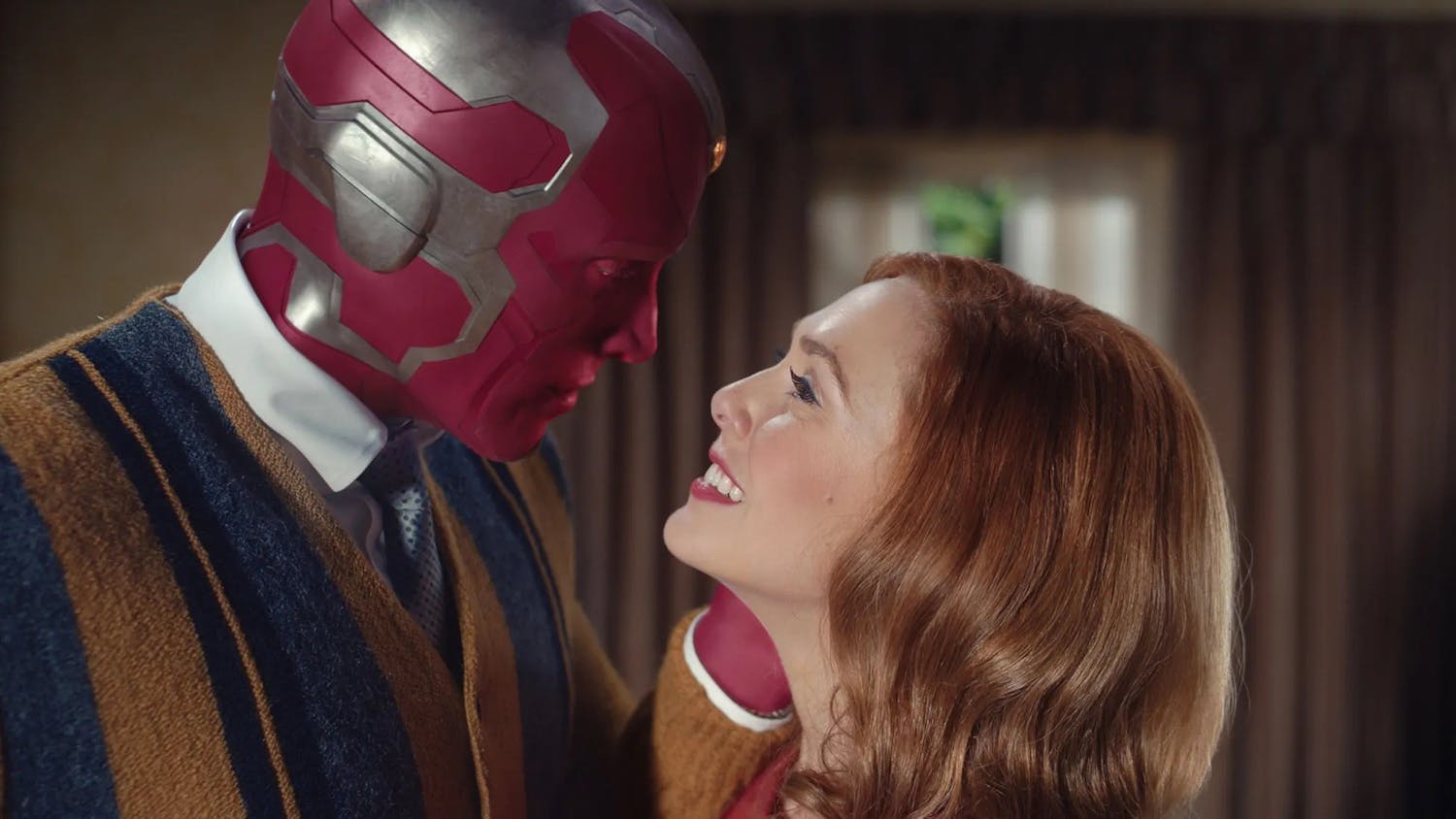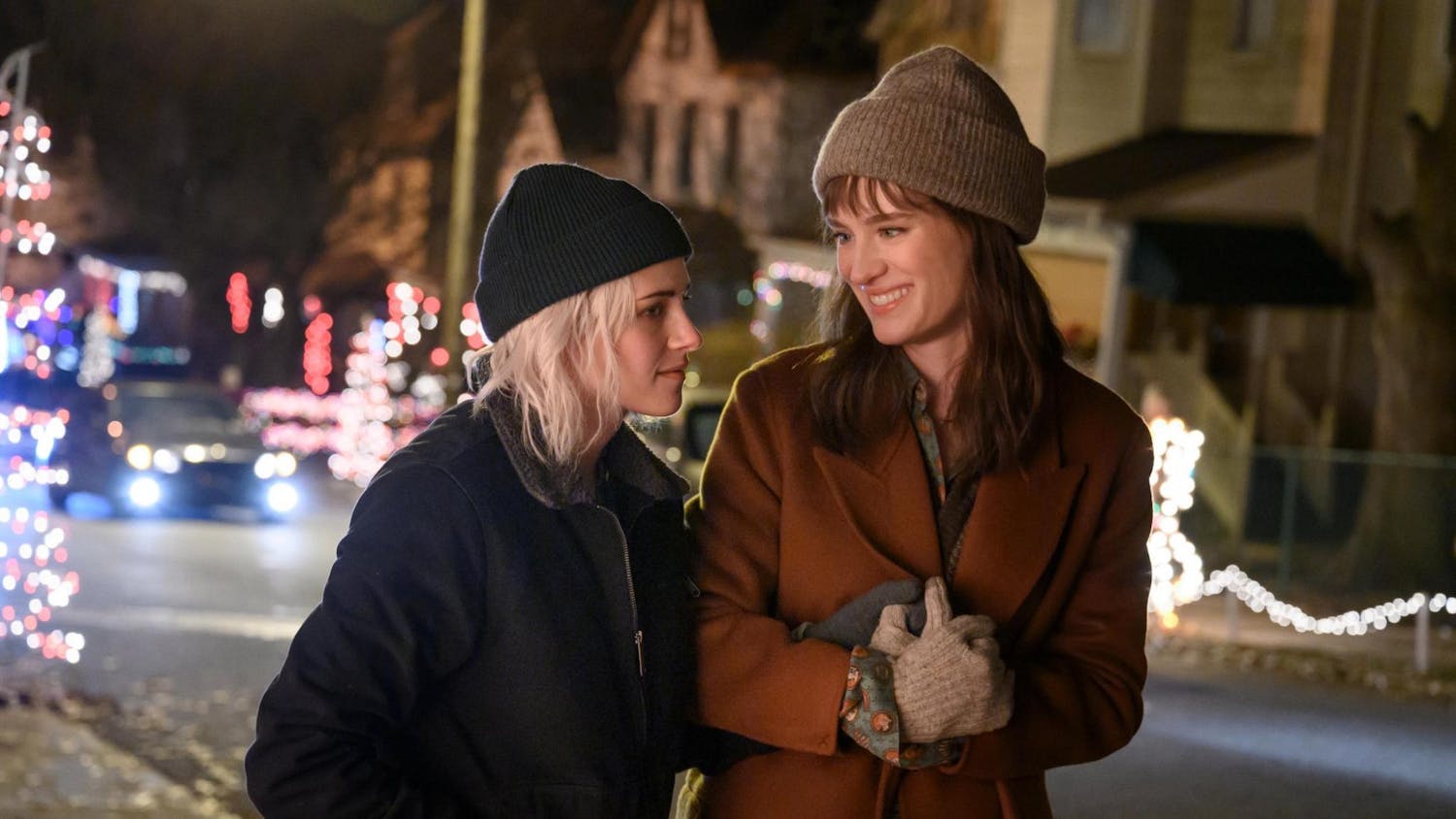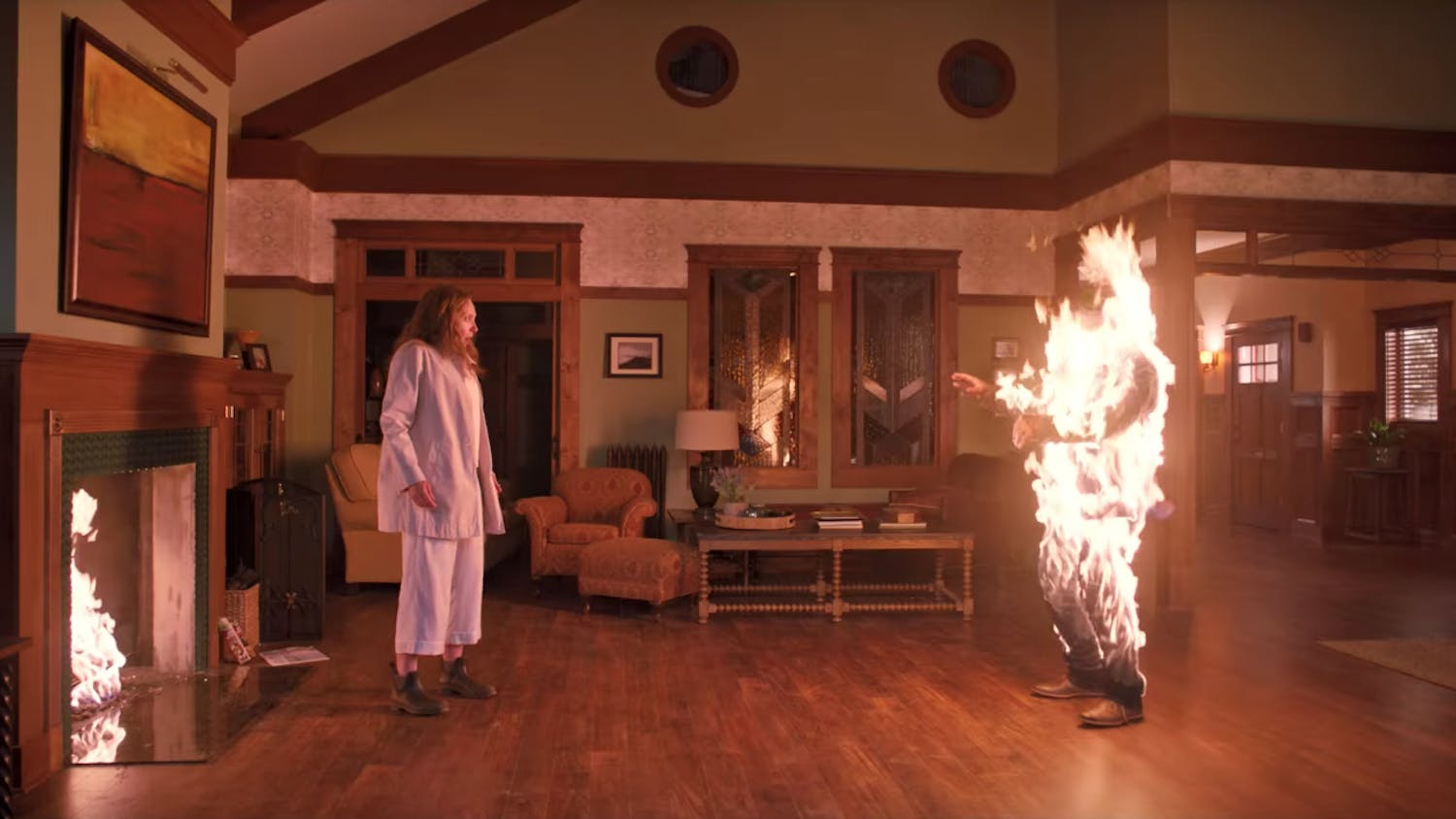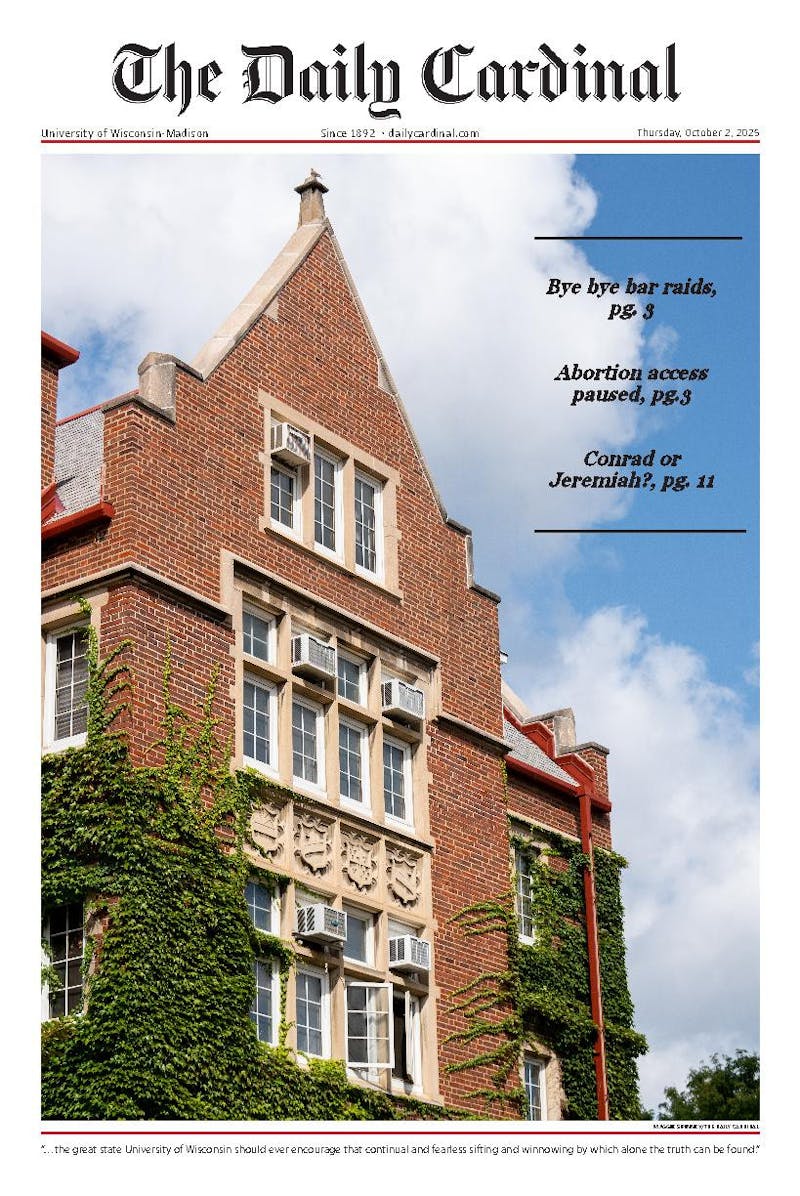I’ve got this theory about trilogies. Let’s call it a theorogy…a trilory…ok those both suck, but people I’ve tried to explain it to have dubbed it the Second Act Theory of Trilogies, so we’ll go with that because it sounds official and science-y and stuff.
Anyways, theorogy. It is my firm belief that, in a true trilogy, the second film will always be the strongest due to a number of contributing factors. Yeah, that sounds scientific; let’s call it my thesis statement.
Think about it. The first movie has all the pressure of establishing… well, everything about the universe that the film takes place in. It has to introduce the characters, the setting, the plot for that specific movie and the long-term themes and plot of the trilogy as a whole.
The third movie, on the other hand, has all the pressure of wrapping up the trilogy and resolving all the characters and plots that have been introduced. It’s not that it’s innately bad, it’s just that it’s a lot of pressure to put on a single film, basically asking it to carry the weight of three films in one.
Quick elaboration on what I mean when I say “true trilogy”: I mean three movies that are all tied together, both in theme and in plot, that were planned as such and that have one, overarching theme or idea to make them a cohesive piece.
For this reason, things like “Back to the Future,” “Jurassic Park,” “The Little Mermaid” (yes, apparently it was a trilogy. I know), or “The Matrix” do not qualify (I also don’t count the “Dollars” trilogy, because beyond Clint Eastwood and Sergio Leone they have nothing in common). Yes, the first is the strongest of all three trilogies, but this is because they were meant to be standalone films. It wasn’t until the producers realized these films were profitable that the sequels were made. Hence, the first film in each is the strongest, and best taken as a one-off, a universe of its own movie rather than part of a trilogy.
Man, the “hence” made that last sentence sound really official. I could totally be smoking an old corncob pipe and drinking finely aged scotch while writing this thing.
Speaking of people who smoked pipes and drank horrible-tasting liquor, a fine exemplification of my theory is provided by the movie adaptation of J.R.R. Tolkien’s “Lord of the Rings” trilogy. It certainly checks out as a true trilogy, having been written well in advance of Peter Jackson making his films, and the films display all the telltale signs of the Second Act Theory (™ Austin Wellens 2012).
First, let me make clear that all three of them are wonderful movies and I love them dearly. But wasn’t “The Fellowship of the Ring” forced to spend a little too much time introducing characters? By the end of the film we had an almost full cast (Gollum really doesn’t appear until the beginning of “The Two Towers”), but none of them had really grown or developed much short of establishing their relationships with one another.
And of course, the consequences of having the full weight of a nine-plus-hour trilogy coming down on the ending of one film is demonstrated nowhere as well as it is in the 20 different endings “Return of the King” seemed to have. Now I know it was needed to wrap up the trilogy, give a satisfying ending and bring everything to its natural and necessary conclusion. But it was a solid half hour of closing shots, and they left out the razing of the Shire. I mean, in for a penny, in for a pound.
Sorry, I’m just bitter that I didn’t get to see warrior hobbits. Moving on, the point is that the ending is fine in the context of the trilogy, but the film itself suffered for it.
“The Two Towers,” on the other hand, manages to conclude with an epic battle that doesn’t drag; it shows Merry and Pippen undergoing some serious character development that basically gets cut and pasted into the third film with their Gondorian and Rohanian adventures; it shows Aragon finally accepting his fate as the king and stepping up; the banter between Gimli and Legolas is tip-top, and Gollum steals the show, specifically in his reflective…dialogue? Monologue?
Free from the pressures of starting or ending the trilogy, “The Two Towers” was free to tell the story at its own pace, and other second films benefitted from the same advantage. “The Dark Knight” was the best Nolan Batman, “The Godfather Part 2” was arguably the best in its trilogy (I SAID “ARGUABLY!”) and, despite the significant lack of Ewoks, “Empire Strikes Back” was the strongest of the original Star Wars.
Theories are only valid when put to the test, of course, and there are a few on the horizon. Peter Jackson recently announced that his adaptation of “The Hobbit” will be split into 3 parts, and Quentin Tarantino’s next movie will officially be “Kill Bill Vol. 3.” Only time will tell if the Second Act Trilory will stand up to these tests.
It totally will though.
Can you disprove Austin’s theory? Tell him at wellens@wisc.edu.





